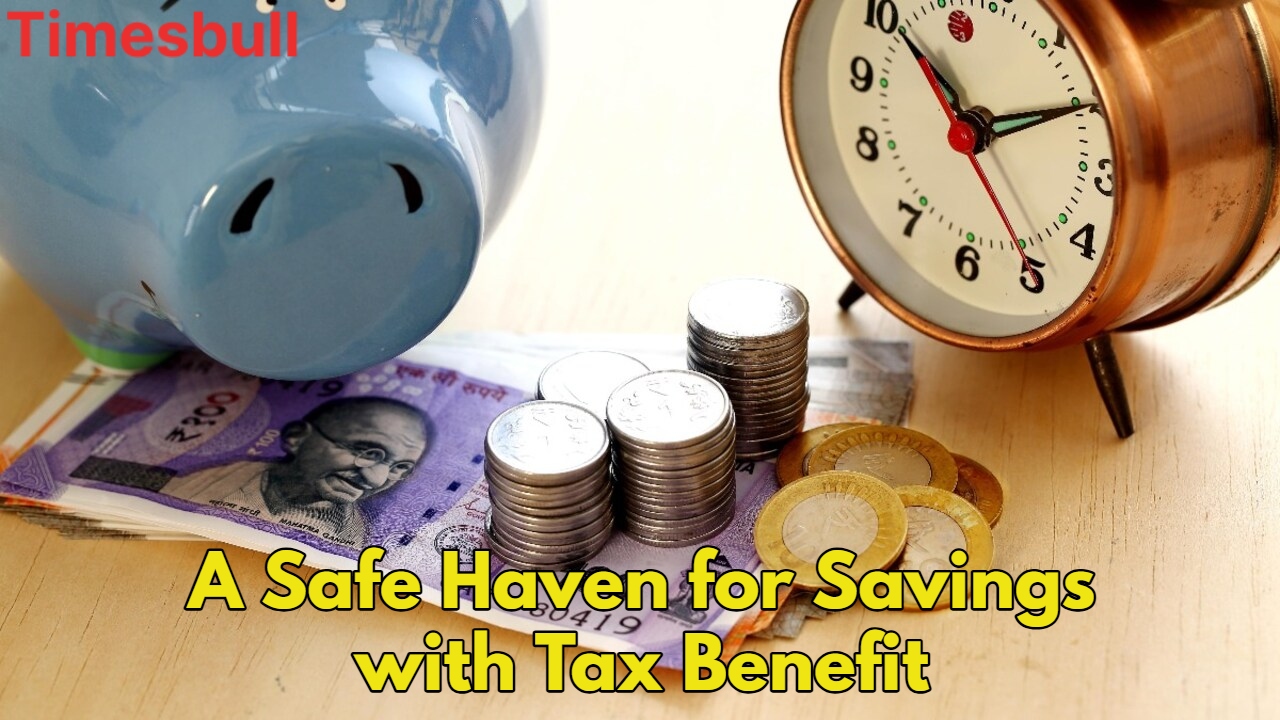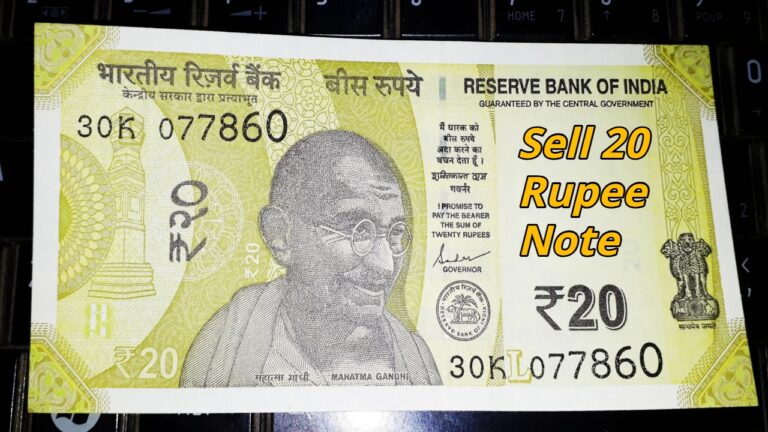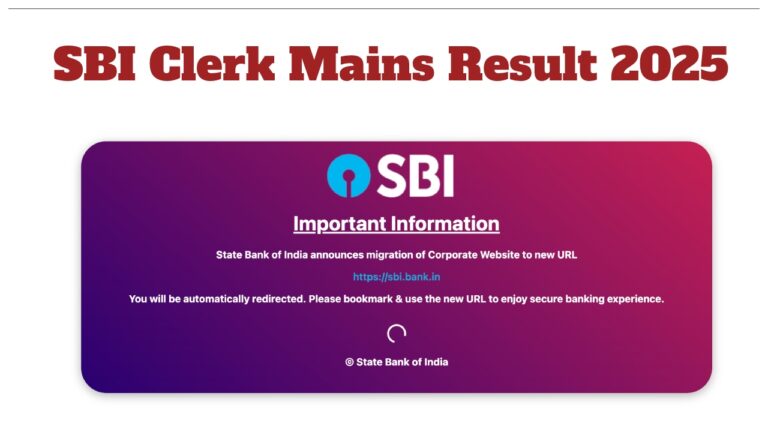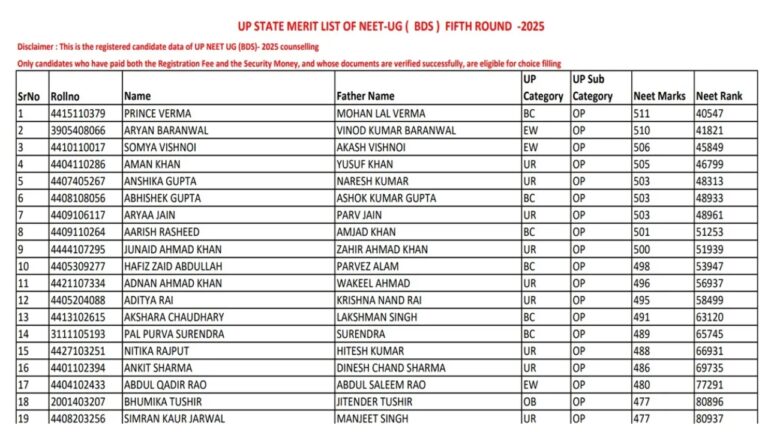Nowadays everyone wants to invest their money in a place where the risk is low and the return is also good. Also, if you get the benefit of tax exemption, then what to say? Public Provident Fund (PPF) is one such scheme that meets all these needs.
It is a very attractive investment for those who are looking for tax-saving and stable returns with low risk. PPF offers a fixed interest of 7.1% per annum, and many consider it a great option for safe investment. But, if you are also confused between FD (Fixed Deposit) and PPF, then let us know in detail today which option can be better for you.
How is PPF better than FD for taxpayers
The tax status of PPF becomes very beneficial, especially for those who fall in the higher tax bracket. Imagine, by just investing in this scheme you can get out of the 30 percent tax bracket. If you have invested in PPF and you are falling in the 30 percent tax bracket by a difference of Rs 1.5 lakh, then this scheme can take you out of that bracket.

Unique tax benefit of PPF
PPF is unmatched due to its EEE (Exempt-Exempt-Exempt) status. This means that the contribution made in it, the interest earned on it, and the entire amount received on maturity – all three are completely tax-free. On the other hand, the interest received in FD is taxed according to your income, especially if you are in the 30% tax bracket.
The actual post-tax return of PPF can be as high as 10.14%, especially for those in the higher tax bracket. This is because you do not have to pay any tax on the interest received, whereas this tax is deducted in FD. Therefore, if your income is high, then this scheme can give you a big benefit.
The smart way to save tax
Despite the benefits of PPF, investors are advised to wisely allocate their money to PPF as part of their tax-saving strategy. There are several eligible options available for deduction of up to ₹1.5 lakh annually under Section 80C of the Income Tax Act, such as contribution to PPF, life insurance premium, and repayment of home loan principal.
Avoid unnecessarily double-checking these various tax benefits. By strategically balancing investments across various funds, you can maximize your savings while maintaining diversity in your portfolio. This ensures that you do not just invest to save tax, but also build a strong and diversified financial portfolio.
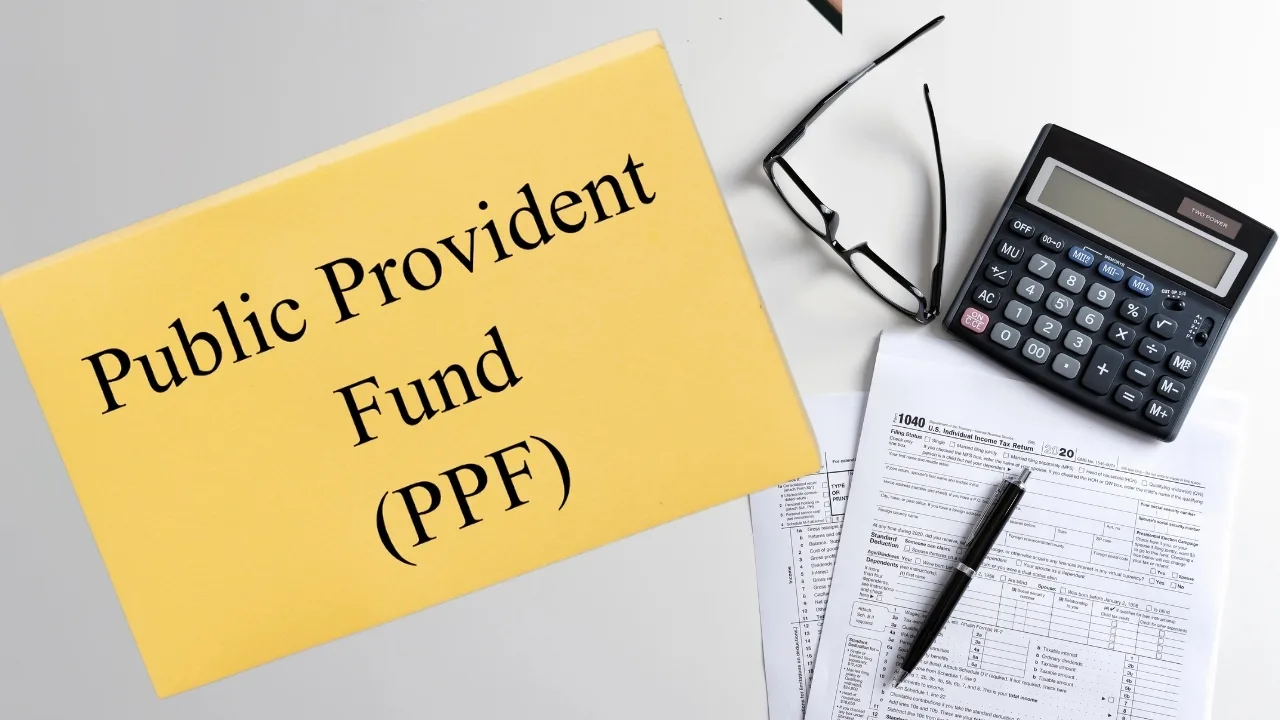
15-year lock-in period and partial withdrawal option
PPF is a government-backed scheme, and contributions made to it are eligible for deduction under Section 80C, which promotes disciplined saving. It holds EEE (exempt-exempt-exempt) status, which means that the contributions made, the income earned, and the maturity amount are all tax-free.
It indeed has a lock-in period of 15 years, which may seem long to some. But this long period is what makes it benefit the most from compounding. Also, partial withdrawals are allowed after the seventh year for specific needs, which adds a layer of flexibility. The scheme is currently offering a 7.1% interest rate, but in the long term, it has the potential to make you a crorepati, especially if you keep investing regularly up to the maximum limit.
